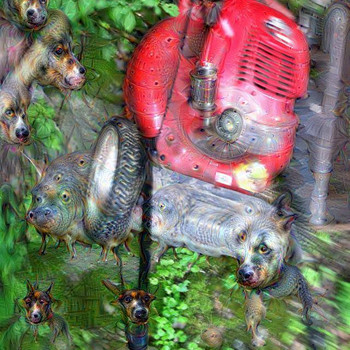A truck is traveling at 90km/h when the driver sees an obstacle 85m away. The driver brakes and decelerates at #3.80m/s^2#. Determine: A) the time required to stop. B) the distance required to stop. C) the distance to reach half the initial speed?
1 Answer
Part A is easy. The velocity at any time is just the initial velocity plus the product of the acceleration and the time.
In this case we want to know the time when the velocity is zero.
Part B can be solved using the distance formula:
One could say that part C is difficult to answer since the truck will clearly reach the obstacle at considerable speed. If it is a small bunny rabbit, perhaps nothing much will change. If it is a solid brick wall, the motion of the truck after the collision will be complicated. It might reach half speed very quickly.
Since the acceleration is uniform, one can picture the velocity plot as a straight line with a travel of 6.58 seconds descending from 25 to 0 m/s. Half the speed (12.5 m/s) will be achieved in half the stopping time:
Considering that a human takes about 4 seconds to react to something unexpected, an obstacle suddenly appearing in the road just 85 meters ahead of a driver is very dangerous.

